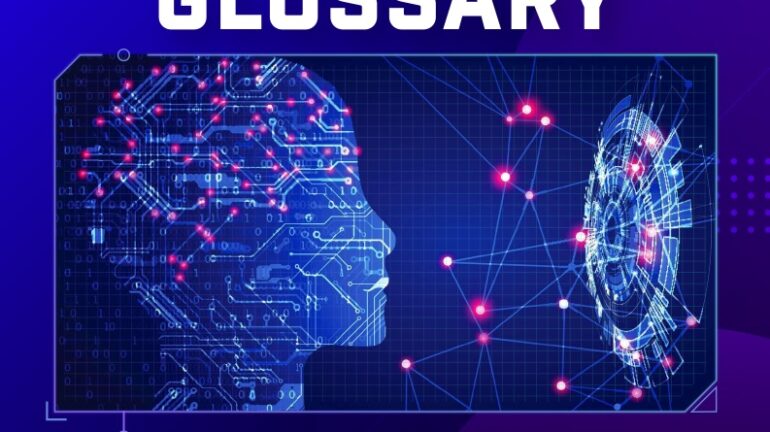
As AI continues its rapid evolution, businesses need to keep up with its prevailing trends. From cutting-edge machine learning algorithms to advancements in natural language processing, these trends hold the potential to reshape industries and our daily lives.
According to Sharad Agarwal, CEO of Cyber Gear, “Millionaires look for opportunities, Billionaires look for trends. Did you know that Nike is transforming from a marketing company into a technology brand? My prediction is that every company will soon have to become a ‘Smart Company’ that is powered by AI. The mass adoption of Generative AI happened because of its ease of use in improving overall productivity. Whether you’re eight years old or 80 years old, anyone can use ChatGPT. This is not rocket science. Simply follow the trends!”
AI-powered predictive analytics enables us to harness the power of data and uncover valuable insights that can drive business success. By analyzing vast amounts of historical data and leveraging advanced algorithms, AI can identify patterns, detect trends, and make accurate predictions about future outcomes. Imagine being able to anticipate customer demand, optimize your supply chain and make informed decisions in real time. With AI, we can do just that. By leveraging predictive analytics, businesses can reduce costs, improve operational efficiency and enhance overall decision-making.
When ChatGPT launched in late 2022, it awakened the world to the transformative potential of artificial intelligence. The technology underpinning the powerful new chatbot is one of the biggest step changes in the history of AI. Generative AI can create something entirely new, including text, images, audio, videos, and synthetic data.
Big tech companies have been quick to jump on the bandwagon, with Google, Microsoft, Amazon, Meta, and others all lining up their own generative AI tools in the space of a few short months.
Examples of generative AI models include:
ChatGPT: An AI language model developed by OpenAI that can answer questions and generate human-like responses from text prompts.
DALL-E 2: Another AI model by OpenAI that can create images and artwork from text prompts.
Google Bard: Google’s generative AI chatbot and rival to ChatGPT. It’s trained on the PaLM large language model and can answer questions and generate text from prompts.
Midjourney: Developed by San Francisco-based research lab Midjourney Inc., this gen AI model interprets text prompts to produce images and artwork, similar to DALL-E 2.
GitHub Copilot: An AI-powered coding tool that suggests code completions within the Visual Studio, Neovim, and JetBrains development environments.
Llama 2: Meta’s open-source large language model can be used to create conversational AI models for chatbots and virtual assistants, similar to GPT-4.
xAI: After funding OpenAI, Elon Musk left the project in July 2023 and announced this new generative AI venture.
Cyber Gear has documented over 250 pages of AI-related terms and phrases to help organisations become smarter. Every knowledge worker has the potential to use these technologies to increase their productivity.
The future of AI is bright, and with the right approach, we can benefit from the advancements in AI technology while also tackling its challenges.
Download your copy at www.cyber-gear.io or www.cyber-gear.ai